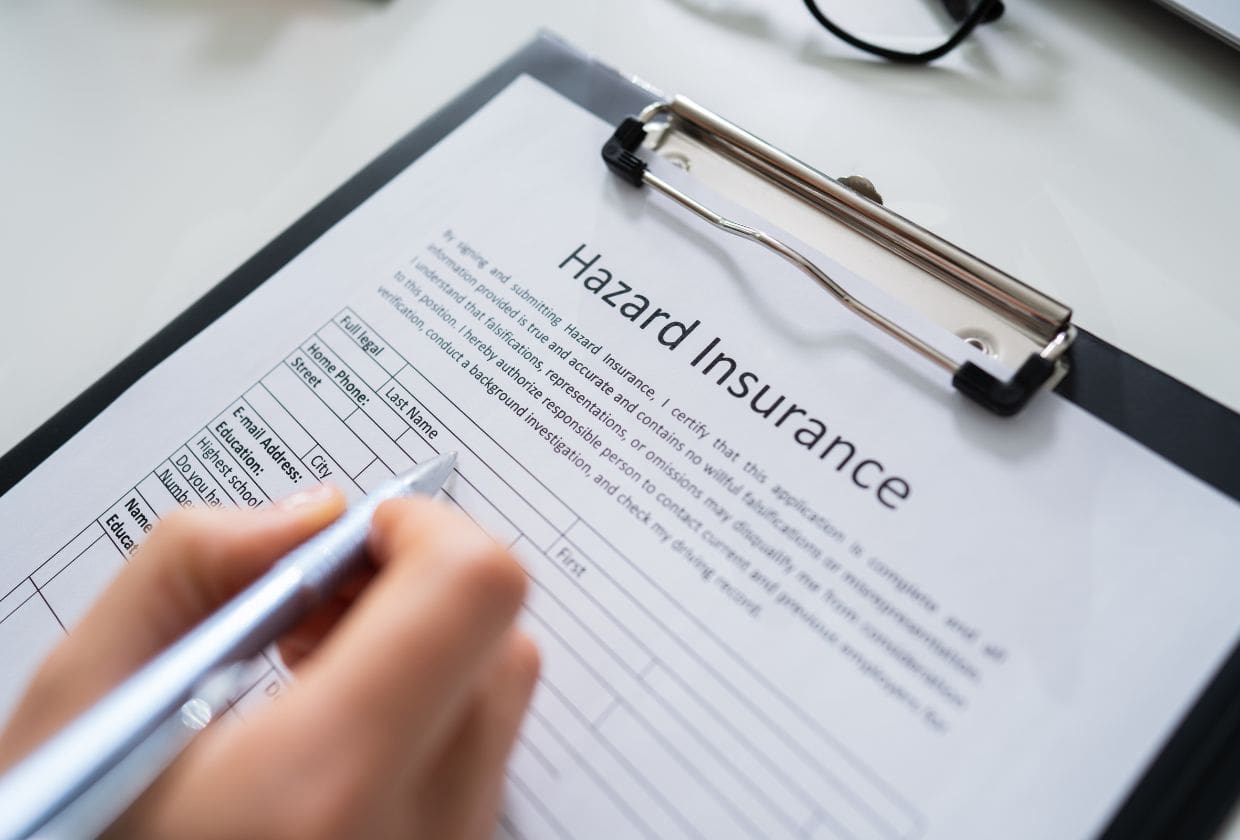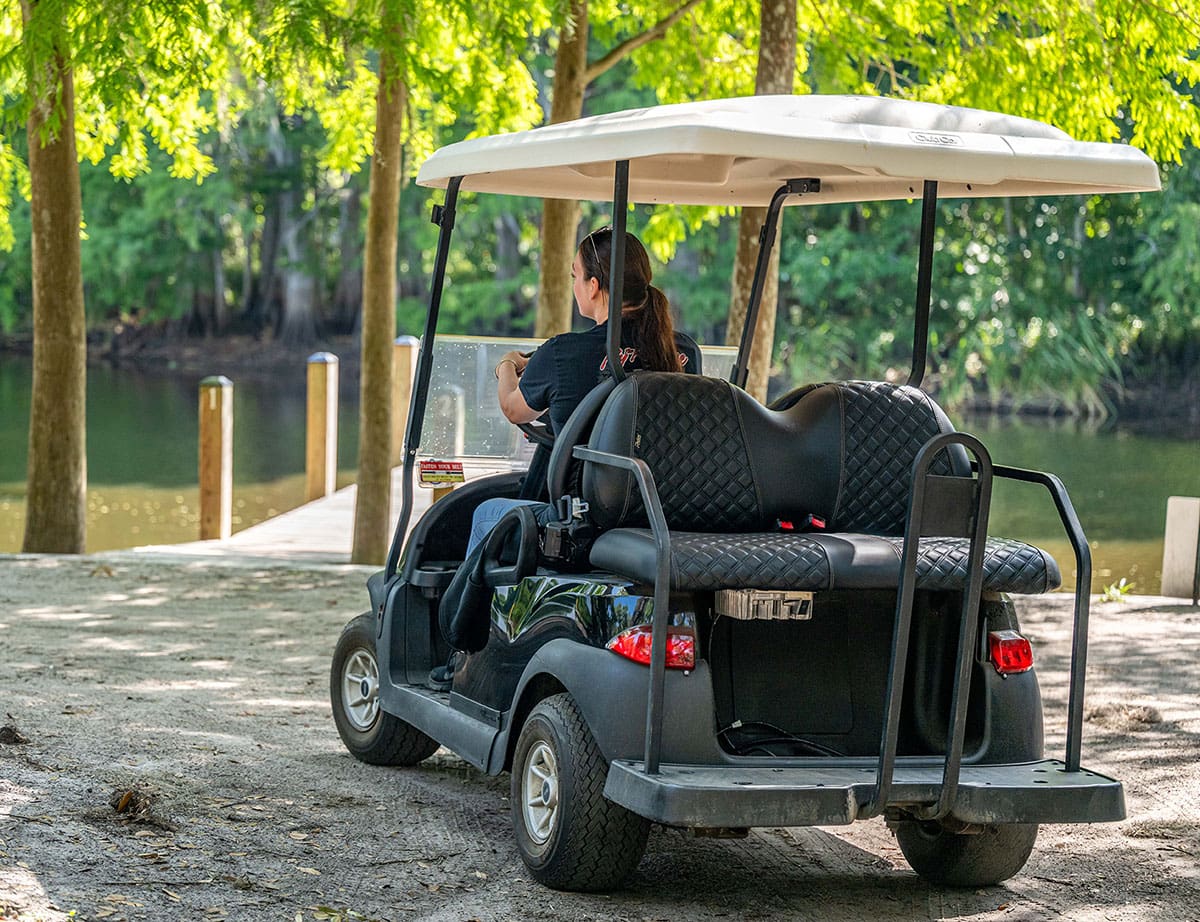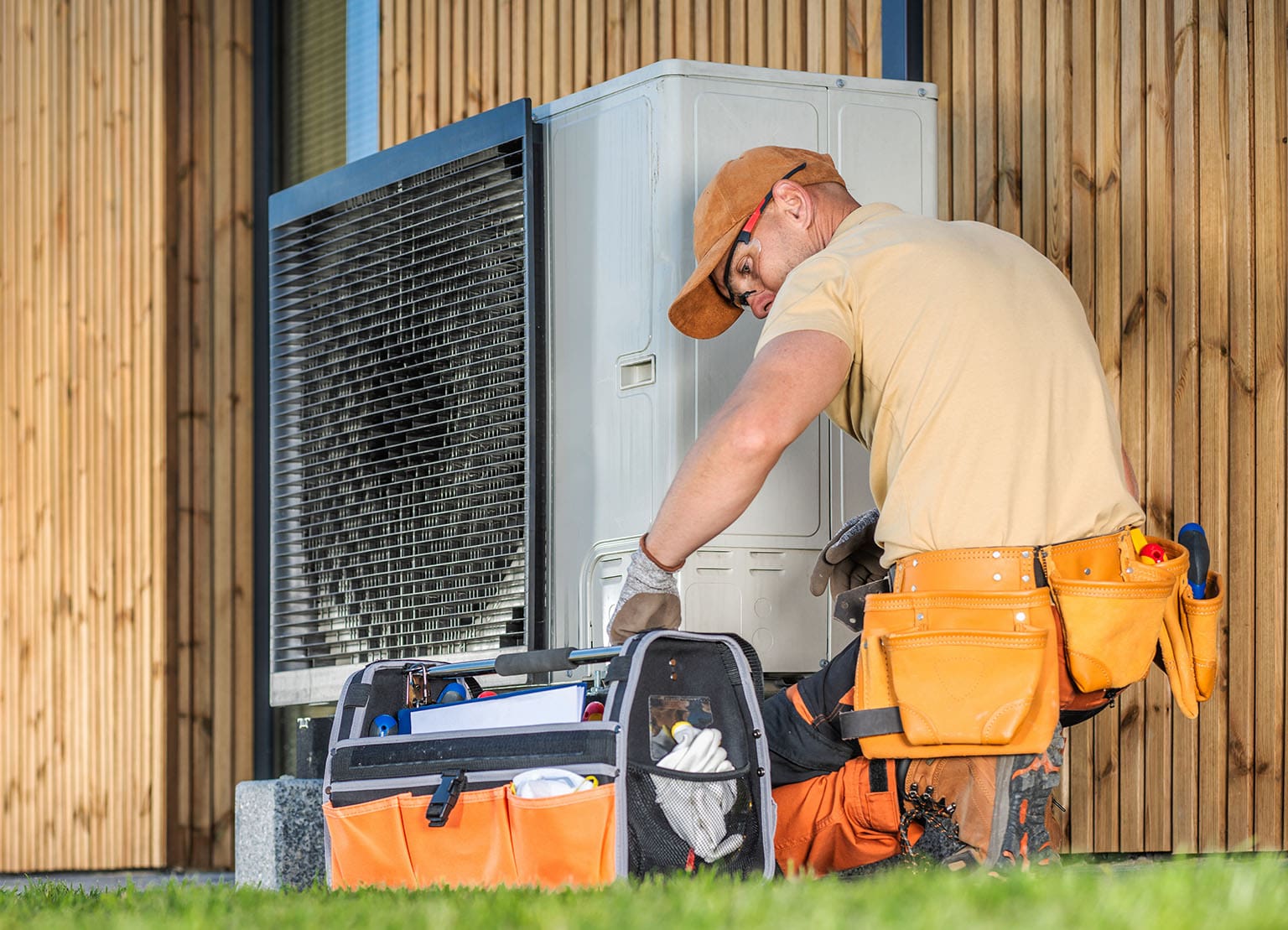Hazard insurance, also known as property insurance, is a type of coverage that helps protect property owners from financial losses caused by unexpected events or hazards. These hazards can range from natural disasters, such as fires, floods, earthquakes, hurricanes, and tornadoes to man-made risks like theft, vandalism, and civil disturbances.
Why is having hazard insurance important?
Hazard insurance is a must-have for property owners, and here’s why:
- Protecting property and personal finances: Similar to general liability insurance for businesses, hazard insurance help safeguard a property owner’s assets and investments by protecting against the significant costs associated with property damage or loss. Without adequate coverage, property owners may have to cover all the expenses of rebuilding or repairing their properties after a disaster. Hazard insurance helps ensure that they can recover from unexpected events without facing significant financial hardships.
- Legal requirements and lender mandates: Hazard insurance is often a legal requirement or a condition set by lenders when you’re getting a mortgage or loan. Meeting these requirements isn’t just about following the rules; it’s about securing your property and investments so there’s no chance of a hazard wiping out your ability to make mortgage payments.
What specifically does hazard insurance cover?
Hazard insurance offers protection for various incidents and risks that could lead to property damage or loss. Here are some of the key incidents — aka perils — covered by hazard insurance:
- Natural disaster coverage: Hazard insurance generally covers property damage caused by some natural disasters. However, it’s important to remember that coverage can vary depending on your location and insurance provider. Be sure to check with your broker to understand what events are covered. The following are the major categories of natural disaster perils typically covered by hazard insurance.
- Fires: Coverage for damage caused by fires, including structural damage to buildings, destruction of personal belongings, and smoke damage.
- Floods: Protection against flood-related damage, including water intrusion, structural damage, and property destruction caused by flooding from sources, such as overflowing rivers, heavy rains, or storm surges.
- Earthquakes: Coverage for damage caused by earthquakes, including structural damage, foundation issues, and property collapse resulting from seismic activity.
- Hurricanes and tornadoes: Protection against windstorm-related damage, including structural damage, roof damage, and destruction of property caused by hurricanes, tornadoes, hail, and severe storms.
- Losses due to man-made perils: Hazard insurance also covers property damage or loss resulting from various man-made perils, including:
- Theft: Coverage for property loss or damage resulting from theft, burglary, or unauthorized entry into an insured property.
- Vandalism: Protection against vandalism-related damage, including graffiti, property defacement, and destruction of property by malicious acts.
- Civil disturbances: Coverage for property damage caused by civil disturbances, such as riots, protests, or civil unrest, including damage to buildings, vehicles, and personal belongings.
- Accidents: Protection against accidental damage to property, including incidents, such as accidental fires, water leaks, or structural damage caused by accidents.
Other factors to consider for hazard insurance
In addition to the basic coverage provided by hazard insurance, there are several other important factors to consider. These include:
- Policy coverage limits: Property owners need to take a close look at their coverage limits to make sure they’re as protected as possible against risks and hazards. Figuring out the right coverage limits depends on things like your property’s value, how much it would cost to replace, and what personal belongings you have. Take, for example, high-value properties that are either bigger homes or in more prestigious locations. These often require higher coverage limits to provide sufficient protection against potential losses.
- Location-based risks: As mentioned earlier, properties situated in areas prone to specific hazards like flood zones or earthquake regions may need extra coverage or specialized policies to effectively mitigate risks. To determine the right coverage requirements, your insurance broker will dig into the unique risks linked to the specific property location.
- Additional endorsements: Depending on your specific needs and risks, you might want to consider adding endorsements or riders to your hazard insurance policies. These can extend coverage for particular perils or assets. For instance, if you live in an area prone to seismic activity, it might be advisable to add an earthquake endorsement — if available — to your standard home insurance policy. However, be aware that any endorsement will likely increase your monthly premiums.
How much hazard insurance coverage do I need?
Figuring out how much hazard insurance coverage you need involves considering a few key factors:
- Property value and replacement costs: The value of your property, including what it would cost to replace, is a key factor in figuring out how much coverage you need. You and your insurer will need to look at the current market value of your property and estimate how much it would cost to rebuild or repair if something happens. Don’t forget to consider things like inflation and changes in construction costs when thinking about replacement costs.
- Personal belongings and assets: Besides the property itself, it’s important to think about the value of your personal belongings and assets on the premises. This could be things like furniture, electronics, appliances, clothes, and anything else valuable. Doing a detailed inventory and appraisal of your personal belongings can help make sure they’re properly covered if something like theft, damage, or loss happens.
- Specific risks and hazards: The risks and hazards in your property’s location and surroundings are really important when figuring out how much coverage you need. If your property is in an area with specific risks, like flood zones, earthquake regions, or high-crime areas, you might need extra coverage or special policies to handle those risks well.
- Minimum coverage requirements: Earlier, we covered how many mortgage lenders require borrowers to maintain hazard insurance as a condition for getting a home loan. Additionally, certain local governments may dictate minimum coverage requirements or specific types of coverage. Make sure you look into the legal mandates in your area.
What influences the cost of hazard insurance premiums?
The price you pay for hazard insurance premiums can change a lot depending on the following:
- Property location and associated risks: Where your property is located matters. If it’s in an area prone to natural disasters like hurricanes or wildfires, or if it’s in a high-crime area, you’ll likely pay more for insurance.
- Property value, replacement costs, and coverage limits: The value of your property and how much it would cost to replace it directly affect your premiums. Higher-value properties or those with luxury features usually mean higher coverage limits and higher premiums.
- Construction materials and safety features: The materials used to build your property and the security features of your home can impact your premiums. Properties with fire-resistant materials or safety devices like smoke detectors and security alarms might get lower premiums because they’re less risky.
- Claims history and risk profile: Your property’s claims history and overall risk profile also play a role. If your property has a history of claims or is in an area with a lot of claims, you might pay more because you’re seen as a higher risk.
- Deductible amounts and policy features: The deductible you choose and the features in your policy can affect your premiums, too. Higher deductibles usually mean lower premiums, but policies with extra features or endorsements might cost more because they offer more coverage.
What is the claims process for hazard insurance?
When your property gets damaged or lost, dealing with the claims process for hazard insurance requires going through a few steps:
- Notification: Let your insurance company know about any damage or loss as soon as possible to kickstart the claims process. Quick reporting helps speed up the assessment and settlement.
- Documentation and evidence: Collecting evidence like photos, videos, and receipts is key. Detailed documentation supports your claim and helps make sure you get a fair and timely settlement.
- Formal claim filing: Fill out a claim form and send it to your insurance company along with your evidence. Being accurate and thorough with your claim forms helps things move along smoothly.
- Claims assessment and settlement: An insurance adjuster will assess the damage and work with you to figure out the best settlement for repairs or replacement. Be cooperative and provide any extra info or documentation they need to get things sorted.
Don’t let hazards get you down
While a hazard insurance policy offers valuable protection, you have to be aware of how it fits in with other protections covered by your property and casualty insurance policies.
We can help. The team at The Baldwin Group can answer your questions about hazards (or any other insurance questions).
And, if you’re shopping for insurance, we’ll compare policies from different providers, ask the right questions, and comb through the fine print to help you find the right policy that fits your needs and your budget. Here’s how to get in touch.






